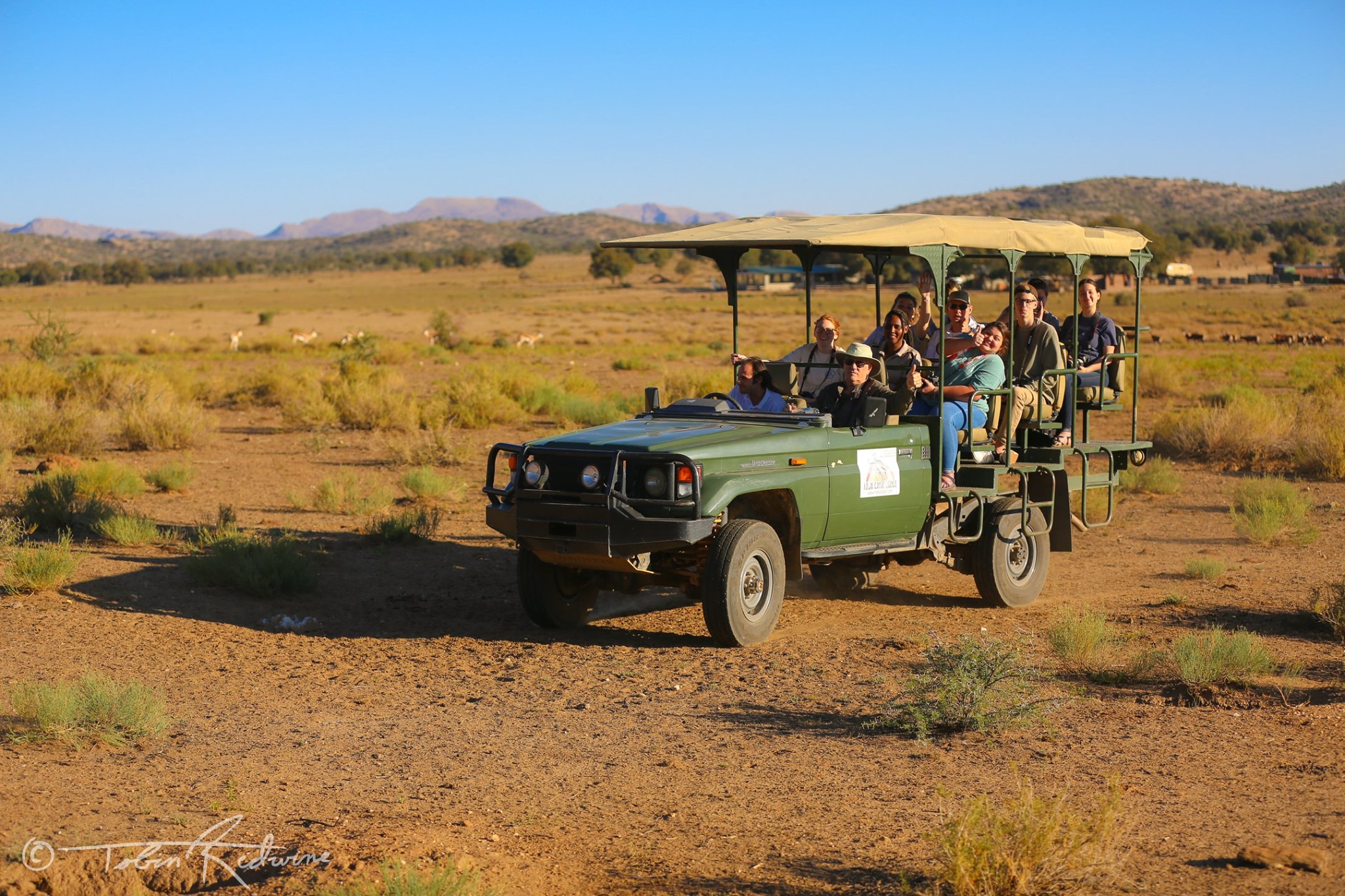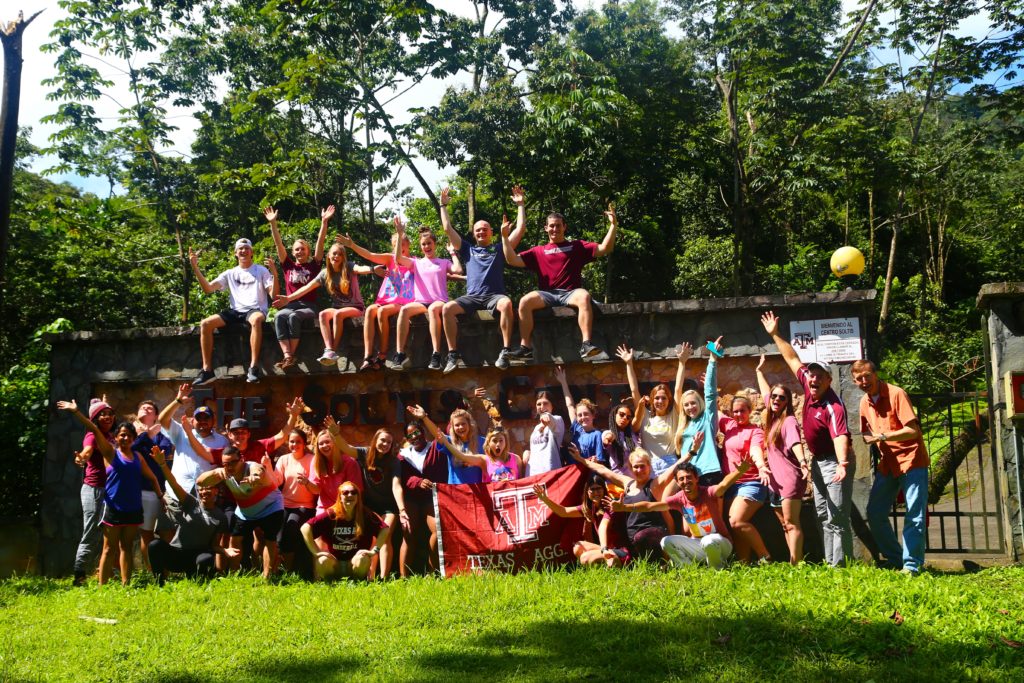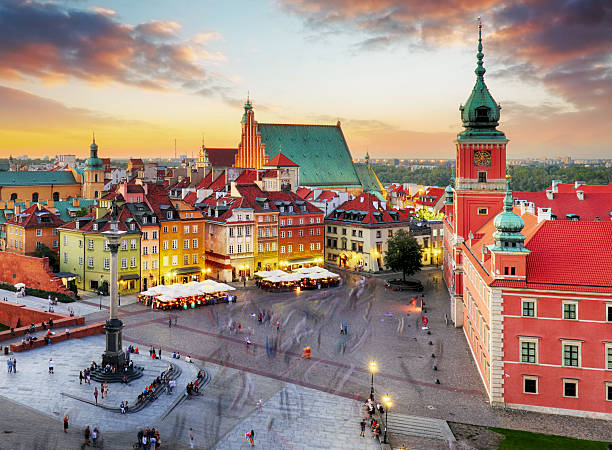
International Programs
In the Department of Agricultural Leadership, Education and Communications, we value global experiences that propel change and student development. Our faculty and students have worked in agricultural redevelopment in war-active countries, deliver youth programming in Sub-Saharan Africa and Latin America, and are leaders and Fellows in our national and international professional societies.
In addition to international program opportunities in the College of Agriculture and Life Sciences, our department also hosts faculty-led education abroad programs, where students can take courses for credit in the spring, winter and summer terms!
Students enrolled in our department or the College of Agriculture and Life Sciences who participate in faculty-led education abroad programs may be eligible funding and academic scholarships.

Contact: Dr. Gary Wingenbach
gary.wingenbach@ag.tamu.edu
Costa Rica
This program focuses on diversity of people and culture as it relates to United States’ and international agriculture. Importance is placed on living and working in a global, pluralistic society, and developing communicative approaches for solving technical and social problems.
This program helps you gain cultural perspective and broadens your knowledge of an international society. Costa Rica’s abundant variety of plants, animals, foods, agricultural practices, and cultural customs and traditions greatly facilitate the teaching and learning of cultural pluralism in agriculture. Explore Costa Rica with a nighttime rainforest hike, volcano Arenal hike, zip-line adventure, fishing for dinner, splashing under waterfalls, floating the river, viewing exotic animals and birds, and swimming in thermal hot springs. Experience black sand beaches and a world-class resort.
Program Highlights
- Arenal Volcano hike
- Night walk in the rainforest
- River float, hot springs, zip lines, and waterfalls
Program Requirements
- Open to ALL majors with a minimum GPA of 2.5
- No prerequisites required
- Students must attend all Study Abroad program-specific meeting(s)
All students are required to take at least three hours, but are encouraged strongly to take six credit hours, to participate in this program. Some coursework and/or class meetings occur before program departure and continue (course assignments only) into spring semester.

Contact: Zoee Nolen
zoeenolen@tamu.edu
Faculty Advisor: Dr. Jack Elliot
Faculty Advisor: Dr. Lori Moore
Namibia
Understanding and communicating Namibia’s agricultural issues through word and illustration are necessary skills for communicators of such issues. Texas A&M University and local Namibian agribusinesses provide Texas A&M students with an international, high-impact educational experience. Courses are enhanced with study trips to Etosha National Park, Swakopmund, Windhoek, Walvis Bay, Waterberg, the Kalahari, and Namib Deserts, and to Damara, Himba, and San native villages to engage students in Namibia’s unique ecological and cultural heritage.
Pre-travel class meetings are held at the College Station campus during the spring semester. Opportunities are available for partial funding.
Program Highlights
- City tour of Windhoek
- Visits to the Penduka women’s co-op
- Visits to Etosha National Park Game Drive, Mokuti Etosha Lodge and Walvis Bay
Program Requirements
- Open to ALL majors with a minimum GPA of 2.5
- No prerequisites required
- Students must attend all study abroad program-specific meeting(s)
- ALED 340: Survey of Leadership Theory (3 cr.)
- ALEC 460: Applying International Development Theories in Agriculture (3 cr.)
- ALED 485: Directed Studies in Agricultural Leadership Development (1-4 cr.)
- ALEC 685: Directed Studies – Namibia (1-4 cr.)
Undergraduate students are required to take 6 credit hours of 300 or 400 level program courses in the spring semester to participate in this program. Graduate students are required to take 1-4 credit hours of 600 level program courses in the spring semester to participate in this program. Alternative course credits may be available for undergraduate students who have previously taken the undergraduate courses above. Students should meet with their academic advisors to ensure they meet eligibility requirements and that the courses are degree applicable.

Contact: Dr. Jim Mazurkiewicz
jim.mazurkiewicz@ag.tamu.edu
Poland
Learn about the culture, geography, agriculture production & policy, and economy in Poland through first-hand participation in the system with local family agribusinesses.
Students will partake in the daily activities and functions of production agriculture in Poland. This program provides an opportunity for students to learn about agriculture production, government policy, history, culture and economics in Poland/EU and Texas/US. You will also meet with agricultural organizations, producers, university educators and government officials to develop an understanding of how agricultural production differs from their home country.
*Application deadline to Study Abroad Office is February 15.
Program Highlights
- Work and live on a farm with a host family in Poland.
- Learn about Polish agriculture production, government policy, history, culture and economics.
- Meet with agricultural organizations, agricultural producers, university educators and government officials.
- Visit important cultural and historical sites in Poland.
Program Requirements
- Each participant must be willing to live with a farm family.
- Preference given to students majoring in Agriculture.
- Students are required to obtain a passport by April 1, 2024.
Students can earn 3-6 hours of course credit upon completion of this internship. Courses include:
- ALEC 494: Internship (1-6 cr)
- ALEC 684: Professional Internship (1-6 cr)
- ALEC 685: Directed Studies (1-4 cr)
- ALEC 399: High-Impact Experience (0 cr)